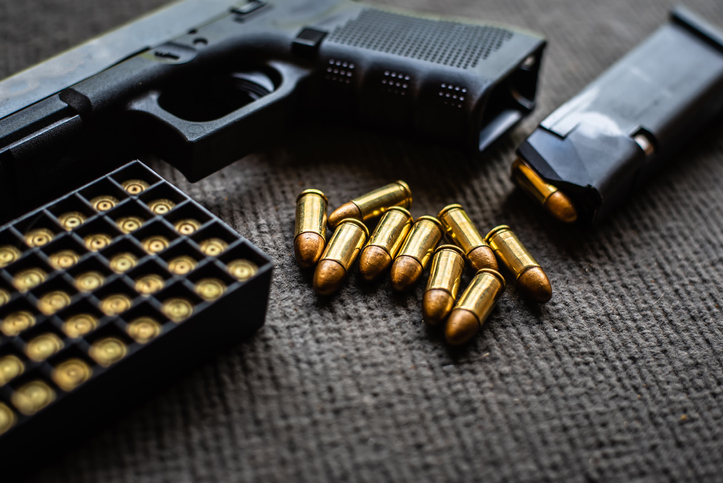I took a training course and was able to shoot several different weapons. I purchased a weapon, and I am confident in handling, loading, firing, and fixing malfunctions with my pistol. I can hit the target at reasonable distances, consistently. I have a comfortable holster that retains my weapon. I have worn it for a while, and I am confident with it. I’m ready to begin carrying my weapon for self-defense… or am I?
Next question: What ammunition am I carrying in my weapon? Is the ammunition that is loaded into my side arm designed to deliver the needed stopping power when called upon? Am I carrying target ammo when I should be carrying something else? What should I be carrying?
I’d like to share a bit of information about different types of ammunition that are appropriate for one application or another but may not be the best choice for concealed carry ammunition. Ball ammo or in some circles, target ammo is designed to be accurate, reliable, and cheap, thus, one can practice without going broke. It is not designed to stop a threat. It usually comes with a round nose profile of some sort and tends to cycle in modern weapons, fairly reliably. Commonly, these bullets are made of lead and jacketed or plated with brass or other alloys. These bullets are not designed for expansion; they do not make for ideal carry ammunition. Ball ammunition is quite capable of passing through an individual and continuing down range, possibly injuring additional human beings in proximity to the target. Military ammunition is mostly ball round because it cycles so dependably. The military tends to be more concerned with functionality and cost rather than bullet performance. While ball ammunition may not be perfect for concealed carry needs, it is lethal.
On the other hand, self-defense ammunition is specifically designed to cause tissue damage and deliver shock or stopping power. Controlled expansion, or how much a bullet enlarges as it penetrates is the key to quality carry ammunition. Expansion is largely controlled by means of a lead hollow point bullet, often jacketed or semi-jacketed which causes the bullet to mushroom or expand when it meets resistance but still retaining its mass. This expansion creates a wound cavity or channel which delivers the blow.
I am not a ballistician, but I have read about and experimented with enough rounds to know that achieving the perfect balance of expansion and penetration in a round is quite scientific and largely a matter of conjecture in shooting circles. How much expansion is necessary? How much penetration is ideal? What is the subject wearing? How is the person you are encountering built? Are they thin, muscular, large boned, obese, wearing a jean or leather jacket?
Best of luck figuring your way through these most complicated equations. The good news is that you don’t have to agonize over the details. Find a reputable ammo maker and locate their self-defense ammunition. Most of the major manufacturers will have at least one self-defense rounds in their line. Buy a box or two (be prepared for sticker shock.) Run 50-100 rounds through your carry weapon to make sure that they cycle in your weapon reliably. At this point, you should be good to go. Don’t make the mistake of assuming that they will function in your weapon. They may not. Different bullet weights, types and configurations as well varying powder charges can affect performance. Some quality ammunition sources for self-defense rounds include Federal Hydra Shok, Winchester Silvertip, Speer Gold Dot Personal Protection, and Remington Golden Saber.
Below are a few terms that may prove helpful if you are just getting into the world of concealed carry. It is not exhaustive but may help to make heads or tails out of all the information on hand.
FMJ : Full Metal Jacket – another way of stating, “ball round” lead bullet fully encased in a harder metal jacket
JHP: Jacketed Hollow Point – designed for expansion, (mushroom) to stop over penetration
LRN: Lead Round Nose; not jacketed
WC-SWC: Wadcutter or Semi-Wadcutter flat bullet for target work
+P: Ammunition loaded to higher pressures
While this article only scratches the surface of considerations for self-defense ammo, it is only a start. Don’t forget to rotate your ammo every year or two. Buy new ammo and shoot the old during training. If you have questions or would like to learn more, contact me and I’ll start you down the path as best I can. Remember to train like you will fight! That means training with self-defense ammo from time to time.
